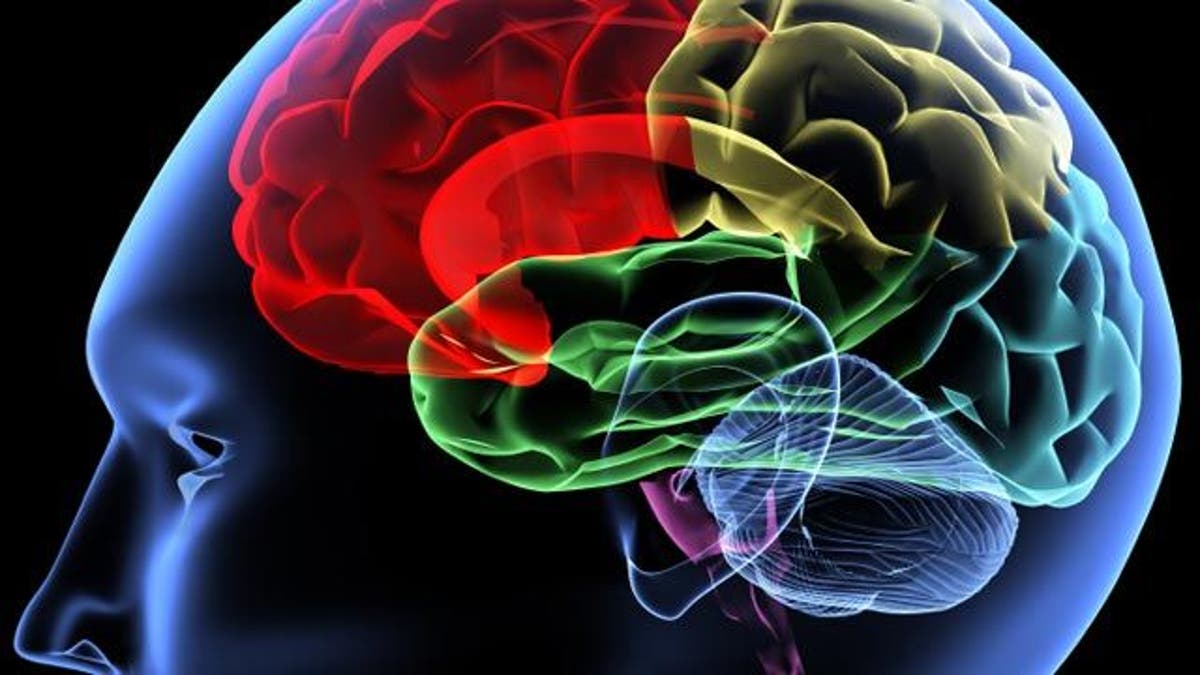
It took 21 years for Lydia Wayman to understand why she was different.
At 2, she was discussing the life cycles of insects with her mother. At 4, she was reading chapter books. While gifted academically, Lydia refused most foods, couldn’t stand clothes with seams, and became inconsolable if bumped in a crowded store. She loved cats but had trouble making friends.
When her parents consulted doctors and psychologists, they were told their daughter suffered from anxiety and would outgrow her food aversions. Teachers said she was bright but self-centered.
Then, at the beginning of her senior year of college, Ms. Wayman met Leigh Valencia, a fellow member of the color guard and a psychology major. Ms. Valencia noticed that Ms. Wayman was unusually bothered by bright lights, struggled to follow verbal instructions and missed subtle, nonverbal cues—the glances, facial expressions and nods that are so much a part of communication. It wasn’t shyness. Ms. Wayman seemed unable to click with others, Ms. Valencia thought, and asked her if she had ever been evaluated for autism.
A few months later, Ms. Wayman was diagnosed with what is now called autism spectrum disorder, a developmental disability typically characterized by social and cognitive impairments. Instead of being troubled, she was relieved. For most of her life, she had tried to hide her quirks and be like everyone else. “I never had cause to think I was any different than anyone else, and so with every new failure, I had to conclude I was at fault,” says Ms. Wayman, now 27, in one of several long written exchanges, her preferred way to communicate. “When I got my diagnosis, I started to let go of my need to ‘just be NORMAL!’ ”
Autism spectrum disorder has always been difficult to diagnose. There are no medical tests or single distinguishing traits. Some people with autism need 24-hour care, and others are college graduates. One person with autism may talk incessantly about dinosaurs, and another may be unable to speak. People with autism generally have difficulties relating to others, but many are happily married with children.
Today, 1 in 68 children is diagnosed with autistic behaviors. When Ms. Wayman was born, the criteria were narrower, and doctors weren’t as familiar with the disorder.
Click for more from The Wall Street Journal.
